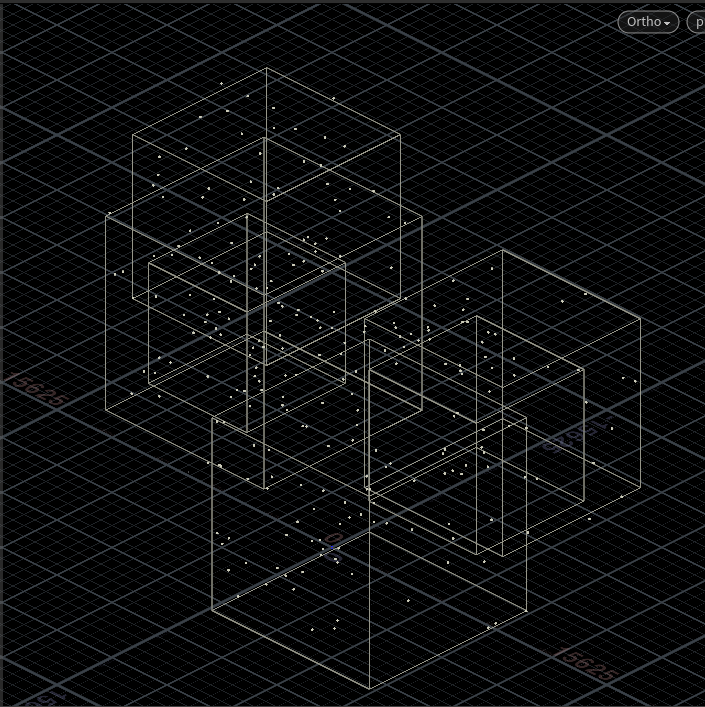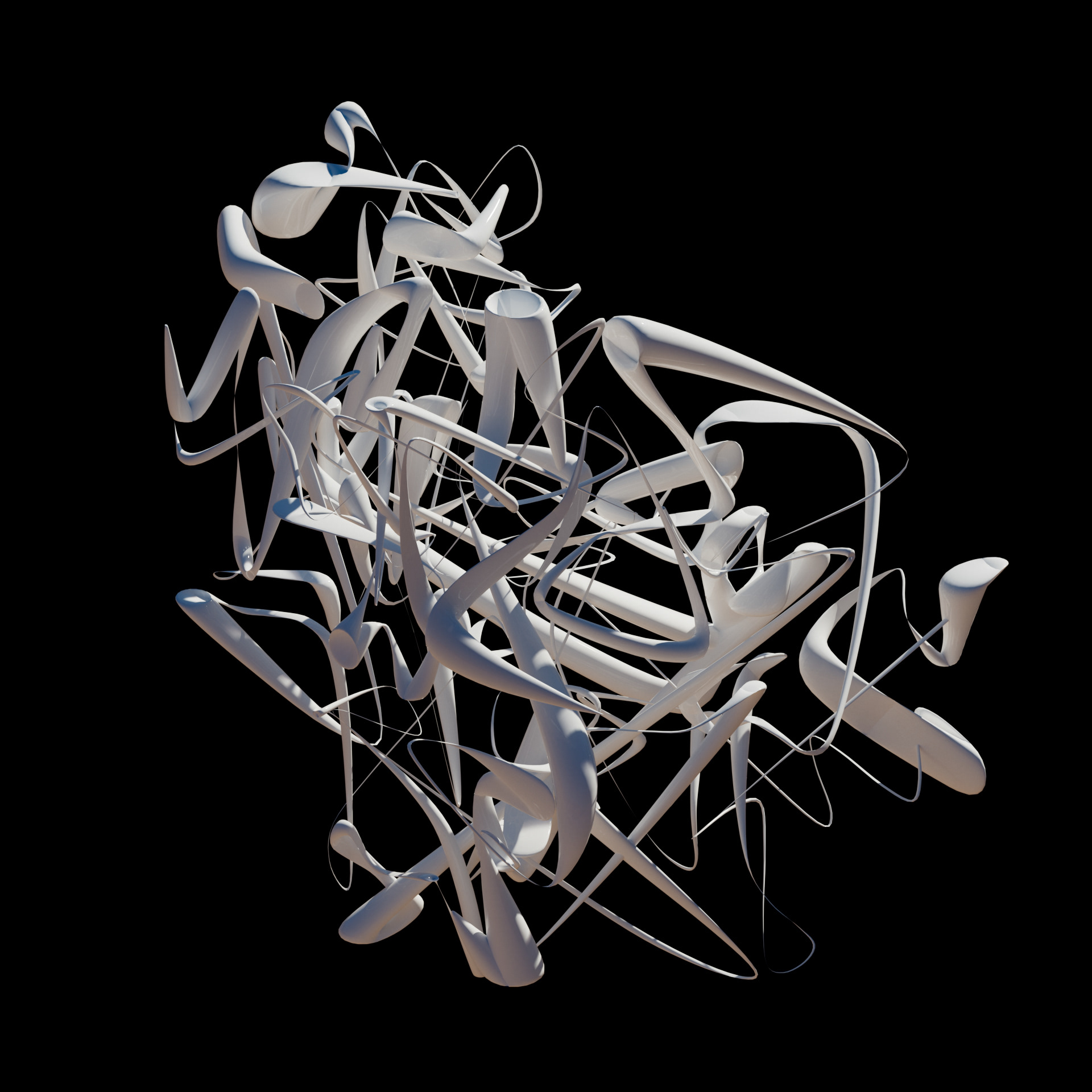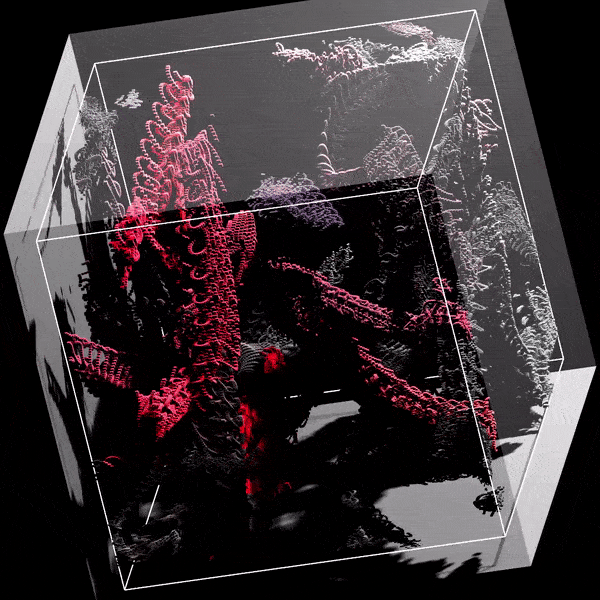Synopsis
PDNB, or Postdigital Neobaroque, funded by the Austrian Science Fund (FWF) and led by Professor Marjan Colletti, is a research group based at the Institute for Experimental Architecture, Innsbruck University. It investigates postdigital and neo-baroque traits and trends in contemporary architecture. I was fortunate to be working remotely but closely with Prof. Colletti as a contracted 3D designer on a series of research and development projects. The work spans animation, visual, furniture and 3D-printing designs and experiments.
One of my main responsibilities was to translate high-level concepts, such as sketches and verbal descriptions, into three-dimensional designs. Other responsibilities include animation and rendering. Ultimately, I developed a host of procedural systems that were used for the generative visuals, which contributed to the ongoing research of PDNB.

Procedural process 01

Procedural process 02

Procedural process 03

Procedural process 04

Still output 01

Still output 02

Still output 03

Still output 04
Prof. Colletti's work focuses on Postdigital Architecture, which represents the next stage in the evolution of digital technology. He believes that the postdigital era is characterized by the integration of digital tools and processes into all aspects of our lives and that this integration has the potential to enhance human creativity and ingenuity. Colletti has been an advocate of the hybridity and transdisciplinarity nature of Postdigitality and has devoted much of his time for the past 20+ years elevating and augmenting the digital to be postdigital, upgrading both dimensionalities and paradigms from 1D to 1.5D, 2D to 2.5D, and 3D to 3.5D.
This particular project was an early attempt to elevate the 4D to 4.5D through animation and dynamic forms. While the static 3D forms themselves intrinsically suggest a movement and a certain dynamism, the project attempts to inject an additional level of dimensionality and dynamism through animation and proceduralism, encompassing an active agent that could revolute and evolute the forms, pushing the boundaries of what is possible in Postdigital Architecture.



The procedural systems were continuously developed to apply and adapt to different projects, from animations to concepts for concrete wall panels, NFT coffee tables and 3D-printed lamp designs. The designs were refined, rationalised or handed off depending on the project outcome.
Swirling Serpent



















